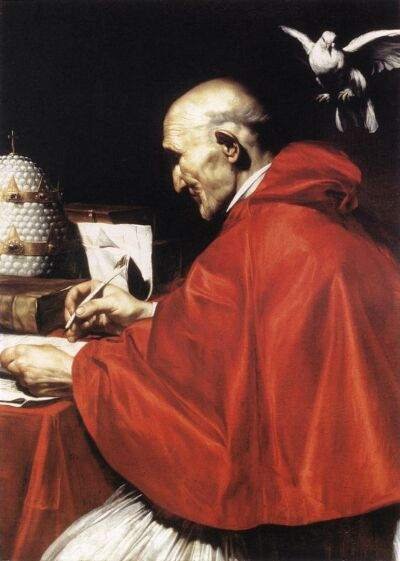The next chapter in my conversion story. In my youth, my faith was like the seed that fell along the path, that was devoured by the birds — my doubts, my questioning, my hurts. The next period of my life was one of new sowing; but my heart was rocky, my soil was shallow, and …
Tag Archives: history
A Dialogue with a Rigorous Skeptic
I have really struggled with how to present this piece, the wrapping up, for now, of my address toward the “rigorous skeptic.” This is my third rewrite. The first, the end of what I originally wrote the first night, seemed to stray from the point and lose coherence when I read it in the morning. …
The Authority and Reliability of Paul: More historical thoughts on Early Christianity
[Continuing my thoughts from last night, about the historical reliability of early Christian testimonies, in particular the biblical texts, and the argument that the “orthodoxy” we see today only stemmed from this faction being the victor among many competing early sects. This is Part 2, and it nearly doubled in size from what I started …
“Rigorously skeptical”: Historical thoughts on the Christian faith
[This is a post that ballooned into about three posts when I sat down to write it. So I split it up, rather than giving you far more than anyone wants to read.] Once again, my plans for what I was going to write about today have been disrupted. I had a heated discussion with …
Continue reading ““Rigorously skeptical”: Historical thoughts on the Christian faith”
Resurrection Chapel: Or, God Makes a Home for the Lonely
As I’ve relocated, I have lamented most of all leaving behind my mother parish, the one that gave birth to me as a Catholic and nourished me as a neophyte. It is not easy for me to make friends, but at Saint John’s I found such love and welcome and hospitality and cultivated several friendships …
Continue reading “Resurrection Chapel: Or, God Makes a Home for the Lonely”
Missing Information: The Historical Limitations of Sola Scriptura
(This little essay originated as a comment in another blog just now, and I thought it might be worth sharing.) As a historian — and this is one of the things that led me to Catholicism — I feel like it’s a fallacy of the doctrine of sola scriptura to presume that we have all …
Continue reading “Missing Information: The Historical Limitations of Sola Scriptura”
Charles Carroll, Catholic Founder
Happy Fourth of July! I know I have a good few readers from other places, but here in the United States, the Fourth of July is our Independence Day, the anniversary of the signing of the Declaration of Independence on July 4, 1776. Of the Signers of the Declaration of Independence, only one was a …
The First Roman Martyrs
Why is it that it’s only when I have a dozen other things I’m supposed to be doing (cleaning my disgusting apartment, doing laundry, revising a history paper for school) that my mind is bursting with blog ideas? Today is the Feast of the First Holy Martyrs of the Holy Roman Church, celebrated the day …
Why Protestants Should Care
So, I finally revealed my blog to my Facebook and Twitter friends. And a good many of them have followed me. Being a little more public has brought about a good bit of self-scrutiny: Am I relevant? Why should anybody want to read my blog? Why should Protestants, in particular, want to read my blog? …
The Bones of St. Peter
This should be the conclusion of my three-parter on the Tomb of St. Peter at St. Peter’s Basilica on the Vatican, in which I hope to discuss the discovery of St. Peter’s relics and the issue of their authenticity. Also, a bibliography! Previously, “The Tomb of St. Peter,” “The Grave of St. Peter.“ The bones …
